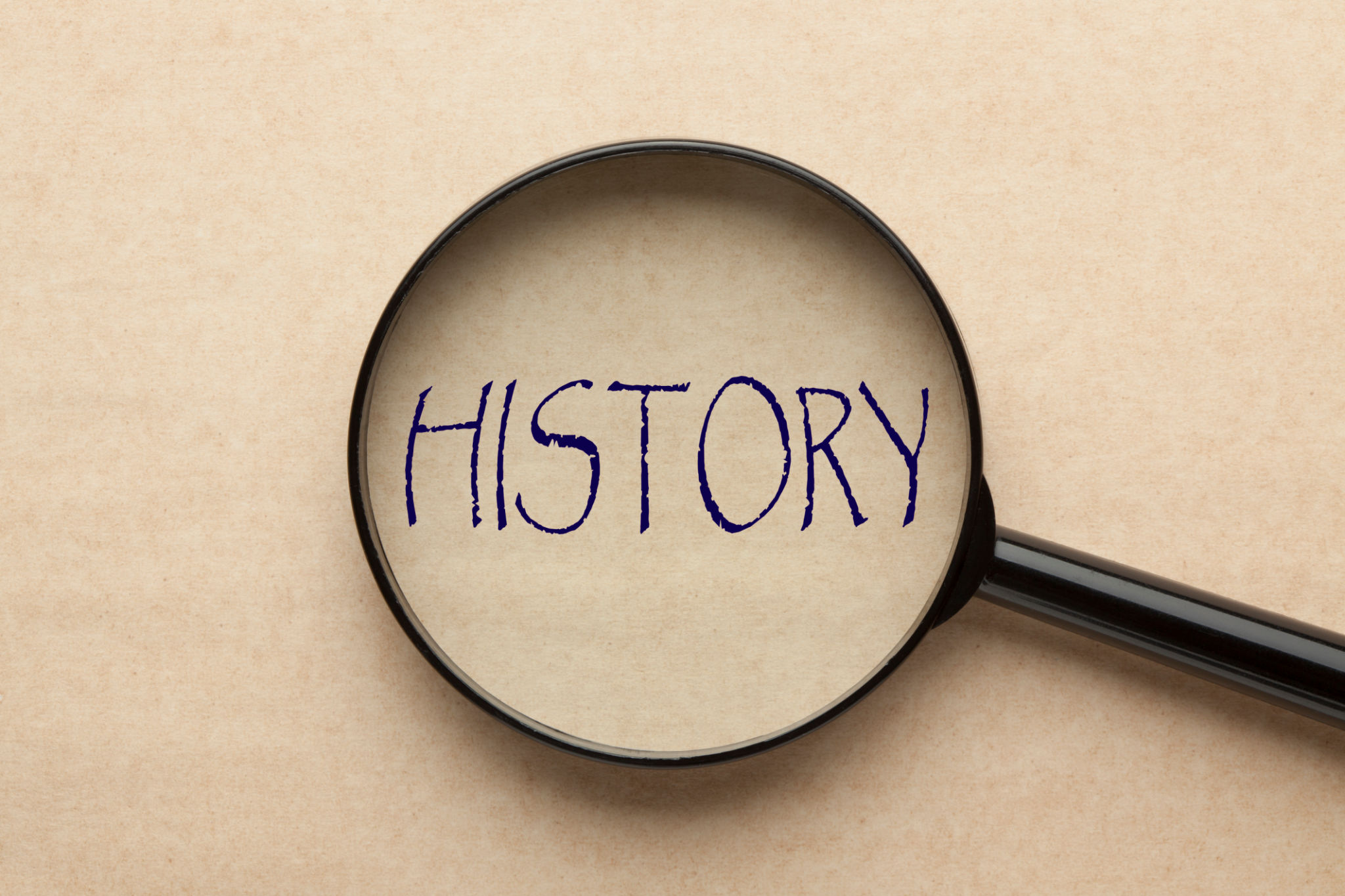Comparing MyTimeline.ai with Traditional Timeline Tools: What's the Difference?
Introduction to Timeline Tools
In today's digital age, organizing and visualizing information efficiently is crucial for personal and professional productivity. Timeline tools have become an essential resource for project managers, educators, and historians alike. They allow users to map out events, deadlines, and milestones in a visually engaging manner. However, with the advent of advanced technologies, traditional timeline tools now face competition from innovative solutions like MyTimeline.ai.
MyTimeline.ai offers a fresh perspective on managing timelines by leveraging artificial intelligence to enhance user experience. In this blog post, we will compare MyTimeline.ai with traditional timeline tools, examining key differences and benefits.

The Functionality of Traditional Timeline Tools
Traditional timeline tools have been a staple in project management and education for years. These tools typically offer basic features such as the ability to create linear timelines, add events or tasks, and provide a visual overview of a project or historical period. They are often user-friendly and sufficient for straightforward projects.
Some popular traditional timeline tools include Microsoft Project, Tiki-Toki, and TimeToast. These platforms allow users to manually input data and customize timelines according to their specific needs. However, they can be limited in terms of automation and real-time collaboration capabilities.
Limitations of Traditional Tools
While traditional timeline tools are effective for basic tasks, they may fall short in dynamic project environments. The lack of AI integration means that data input is entirely manual, which can be time-consuming and prone to human error. Additionally, these tools often lack advanced features such as predictive analytics or automated updates that are becoming increasingly important in fast-paced industries.

Advantages of MyTimeline.ai
MyTimeline.ai revolutionizes the timeline creation process by incorporating artificial intelligence into its core functionality. This tool offers several advantages over its traditional counterparts, making it an attractive option for users seeking more robust features.
One of the standout features of MyTimeline.ai is its ability to automate data entry and updates. By connecting with other digital platforms, it can pull in relevant data, saving users from the tedious task of manual entry. Moreover, its AI capabilities enable smart predictions and recommendations, helping users make informed decisions.
Real-Time Collaboration and Customization
Another significant benefit of MyTimeline.ai is its support for real-time collaboration. Multiple users can work on the same timeline simultaneously, making it easier for teams to stay updated and aligned. The tool also offers extensive customization options, allowing users to tailor timelines to fit their specific requirements without compromising on aesthetics or functionality.

Choosing the Right Tool for Your Needs
When deciding between MyTimeline.ai and traditional timeline tools, it's important to consider the specific needs of your project or organization. If your tasks are straightforward with minimal need for automation or collaboration, traditional tools might suffice. However, for more complex projects that require real-time updates and advanced features, MyTimeline.ai is likely the better choice.
Ultimately, the decision will depend on factors such as team size, project complexity, and budget. Both types of tools have their place in the modern workspace, but understanding their unique benefits can help you make a more informed decision.
Conclusion
The emergence of AI-powered tools like MyTimeline.ai marks a significant shift in how we approach timeline management. While traditional timeline tools continue to hold value, the enhanced capabilities offered by AI solutions can provide a competitive edge in today's fast-paced world.
By comparing the functionalities and advantages of these tools, users can better assess which option aligns with their goals. As technology continues to evolve, so too will the ways we manage and visualize information, paving the way for even more innovative solutions in the future.